Food and Recipes
Here is a place for you to play with your food -- literally: enjoy, have fun with and celebrate food -- but don't worry, we'll still help you get dinner on the table every night.
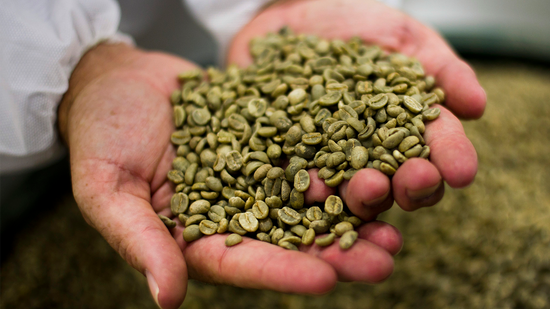
Want a Perfect Cuppa Joe? Roast Your Own Coffee Beans

How Escargot Evolved From Snail Snack to Treat for the Elite
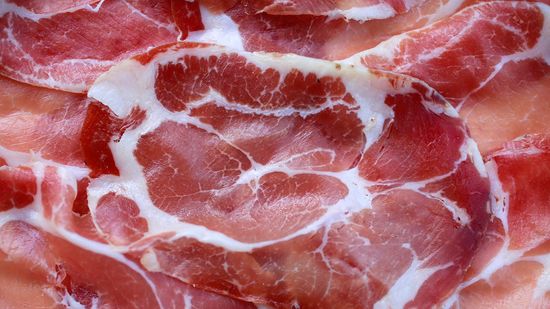
Capicola: The Italian Dried Meat Tony Soprano Called 'Gabagool'
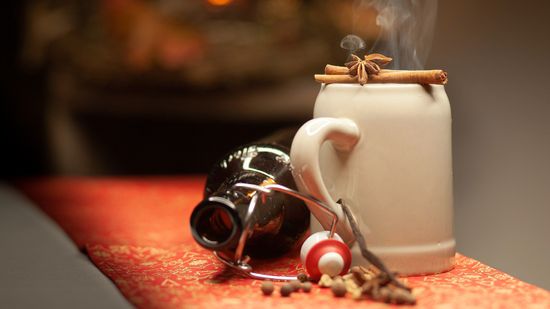
Spread Holiday Cheer With a Good Mulled Beer
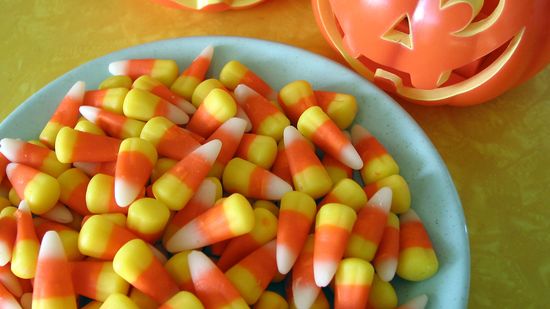
What Is Candy Corn and How Is It Made?

Why Restaurants Are So Loud These Days
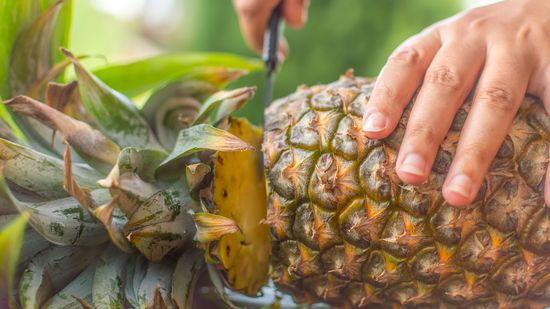
How to Cut a Pineapple in 4 Easy Steps
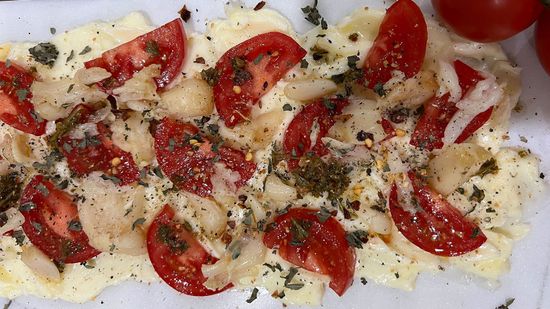
Butter Boards Are Creaming Charcuterie Spreads This Season
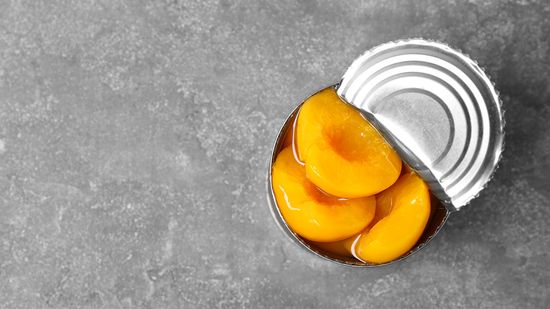
5 Ways to Open a Can Without a Can Opener
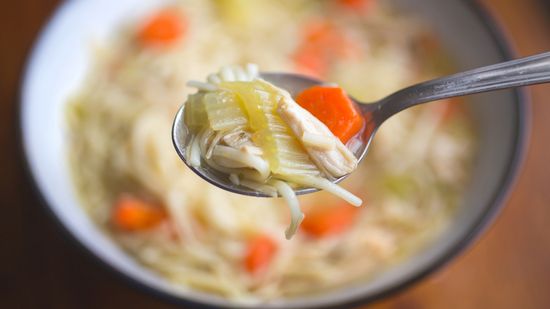
Does Chicken Soup Really Help When You're Sick?
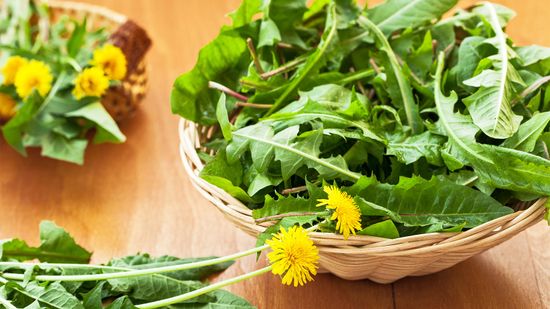
5 Fall Foods You Can Forage in Your Own Neighborhood
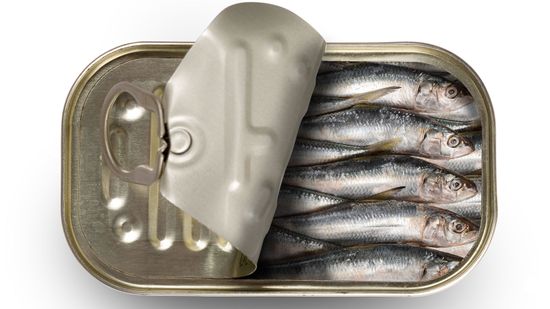
Sardines: The Stinky Little Fish You Should Be Eating

16 Types of Coffee to Fuel Your Next Caffeine Fix

10 Types of Fish You'll Find on Restaurant Menus
